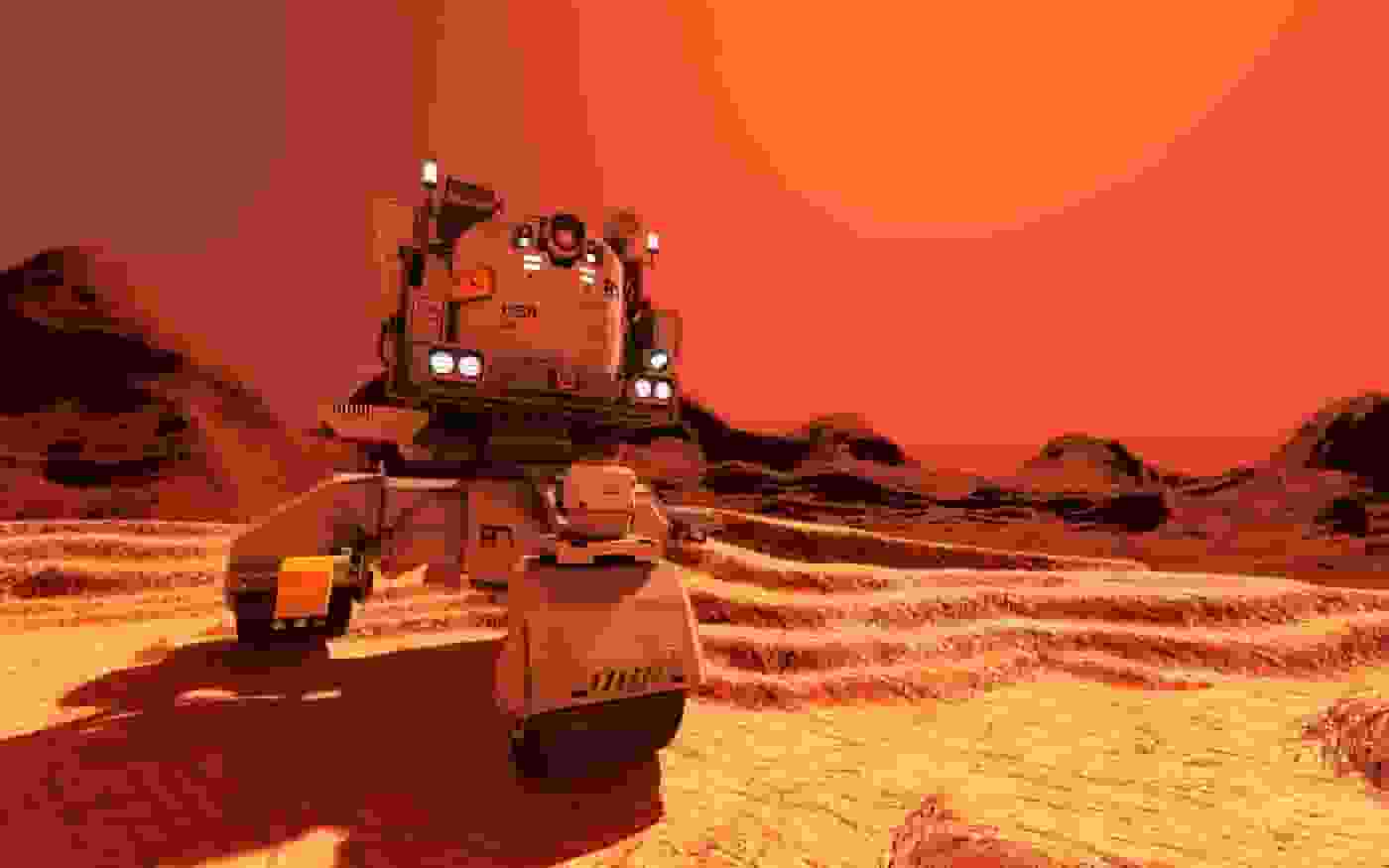Check out this new artificial intelligence algorithm that can detect alien life.

A Newly Developed Artificial Intelligence Algorithm Could Detect The Presence Of Alien Life; Offers Result With 90% Accuracy (Photo: Yahoo News)
Even in samples that are hundreds of millions of years old, a recently developed technology based on artificial intelligence algorithm is capable of detecting minute variations in molecular patterns that reveal life signals.
Do machines have the ability to detect life on distant planets? In reality, they somewhat already are.
Spacecraft equipped with sensors can find compounds that could be signs of extraterrestrial life.
However, organic compounds that offer hints of fascinating biological processes are known to deteriorate with time, making it challenging for present equipment to detect their presence.
However, a recently created technology using artificial intelligence (AI) is now able to identify minute variations in molecular patterns that signify living signals, even in samples that are hundreds of millions of years old.
READ ALSO: Republican Party Of New Mexico Alleges Partisan Redistricting In Landmark Trial
What’s with the new artificial intelligence algorithm?
New study shows that the process of the new artificial intelligence algorithm delivers outcomes with a 90% accuracy rate.
Future robotic space explorers, such as rovers and landers on the moon and Mars, as well as spacecraft circling potentially habitable planets like Enceladus and Europa, may have this AI system integrated into their smarter sensors.
The new approach is based on the idea that biomolecules such amino acids retain knowledge about the chemical processes that created them, which makes them fundamentally different from abiotic molecules in terms of how they are formed and operate.
The latest study suggests that this is also likely to be true for extraterrestrial life.
The 3.5 billion-year-old rocks in Western Australia’s Pilbara area, believed to contain the world’s oldest fossils, may be studied using the new AI technique. When they were first discovered in 1993, these rocks were believed to be the fossilized remains of germs related to cyanobacteria, the earliest living things on Earth to create oxygen.
Those conclusions, however, have remained debatable because studies have frequently noted that the evidence may possibly be the result of purely geological processes unrelated to ancient life.
Perhaps the solution lies in artificial intelligence.




![Tyson Foods Plant [Photo: Food Manufacturing]](https://southarkansassun.com/wp-content/uploads/2023/08/iStock_1185520857__1_.5e441daa51cca-600x337.jpg)







![Silverado Senior Living Management Inc. [Photo: Los Angeles Times]](https://southarkansassun.com/wp-content/uploads/2023/10/download-6-4-600x337.jpg)

![China's Wuhan Institute of Virology [Photo: Nature]](https://southarkansassun.com/wp-content/uploads/2023/09/d41586-021-01529-3_19239608-600x337.jpg)
















